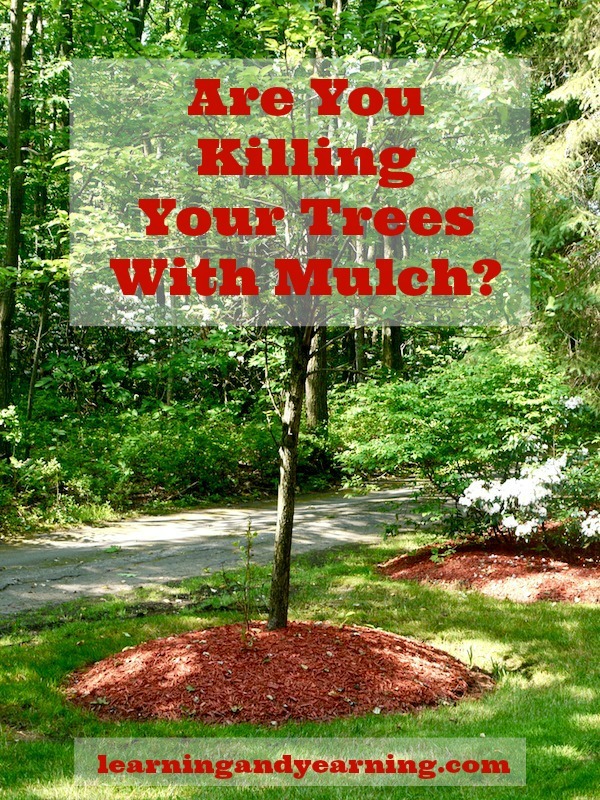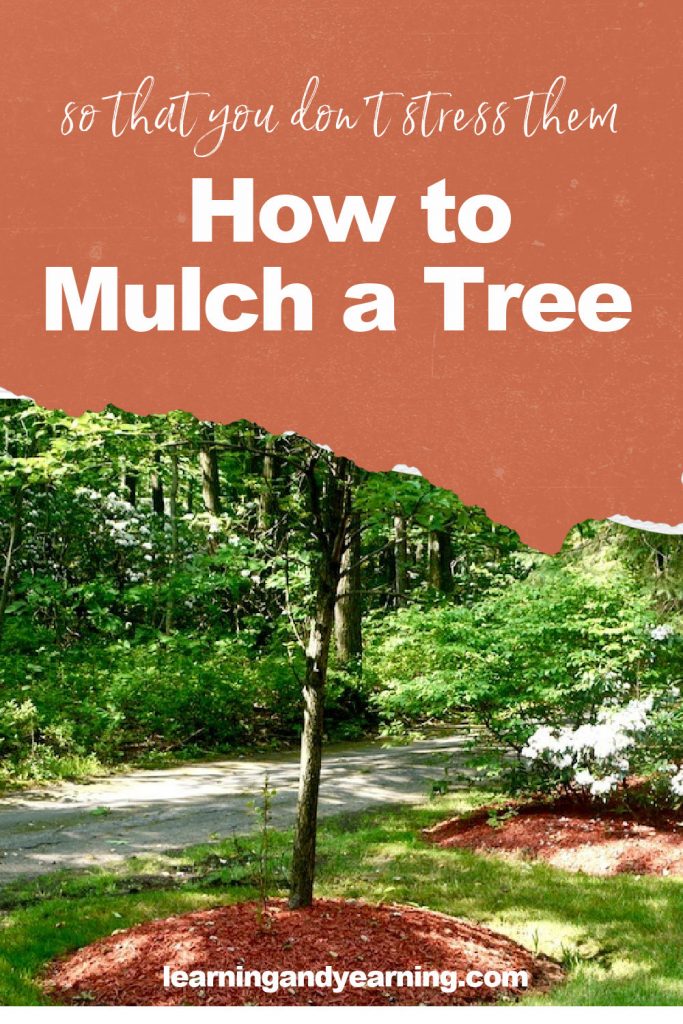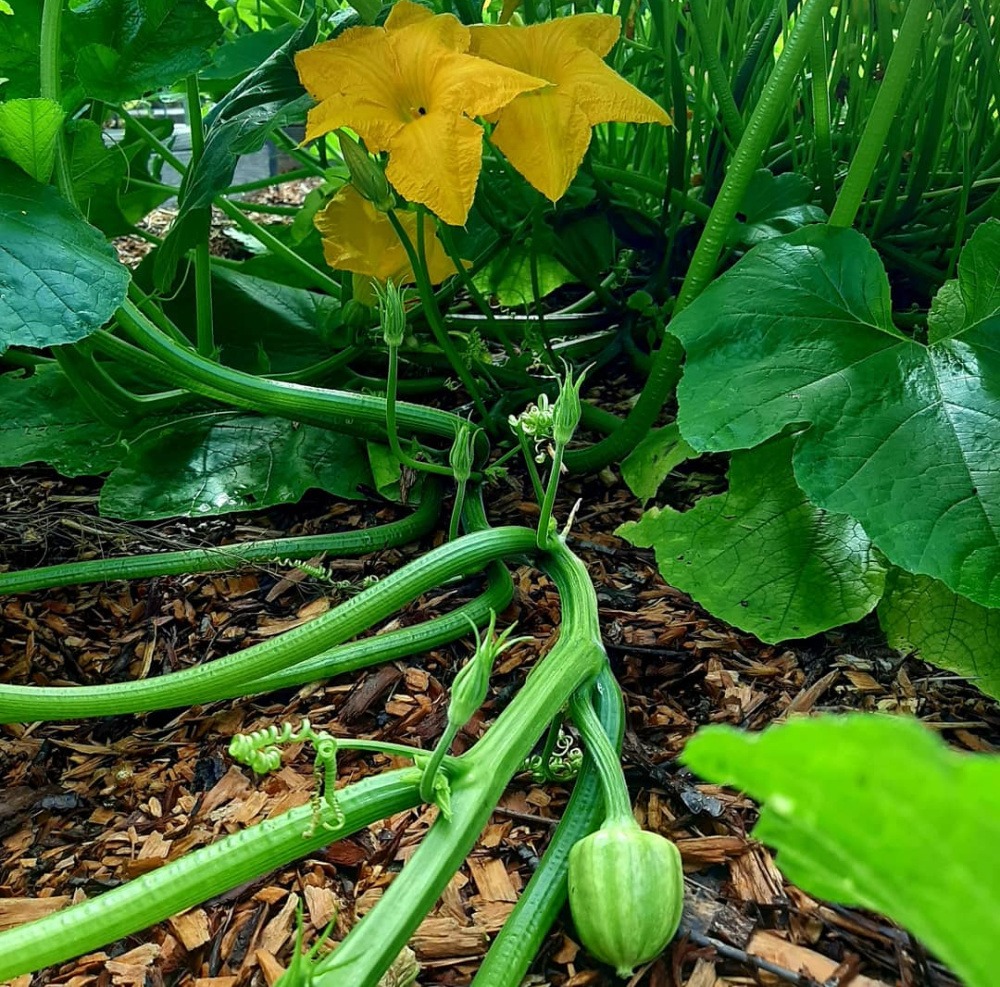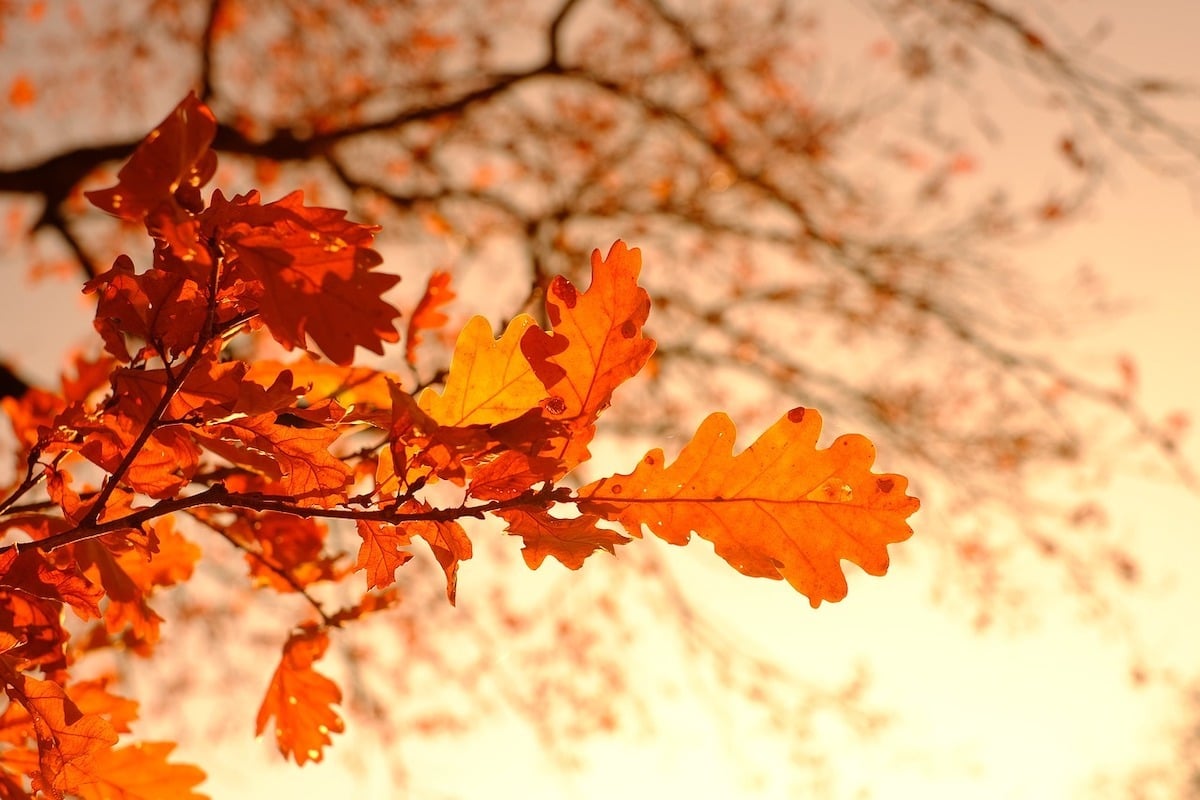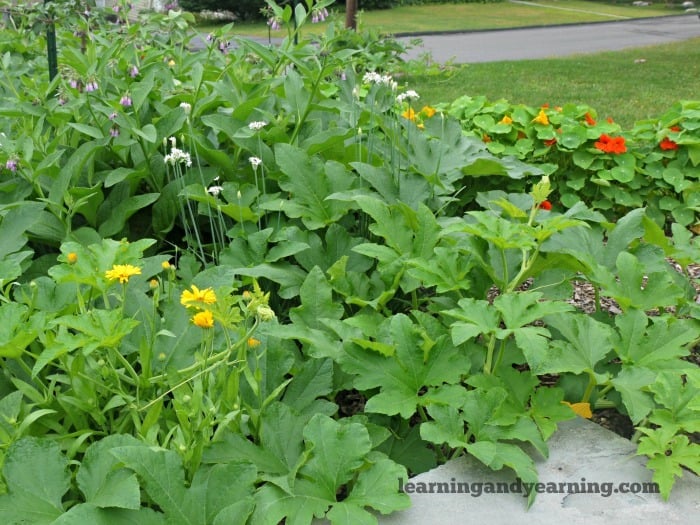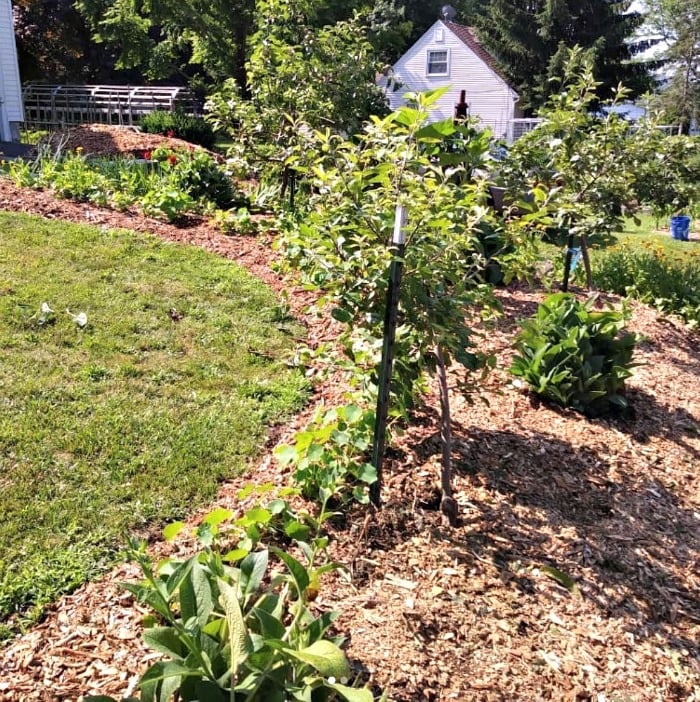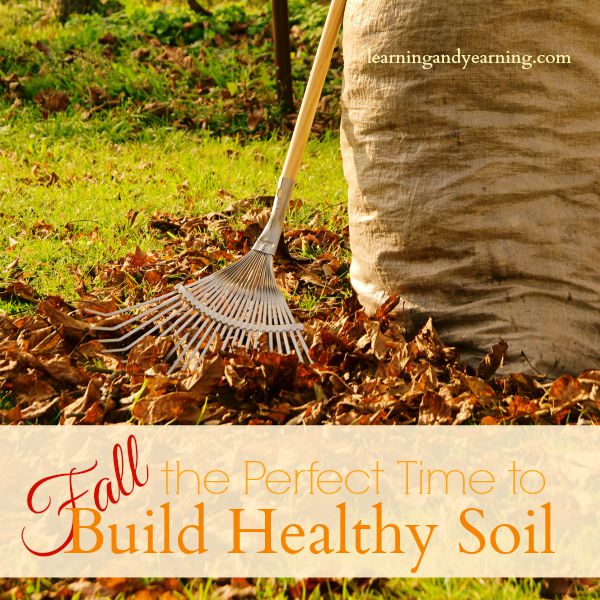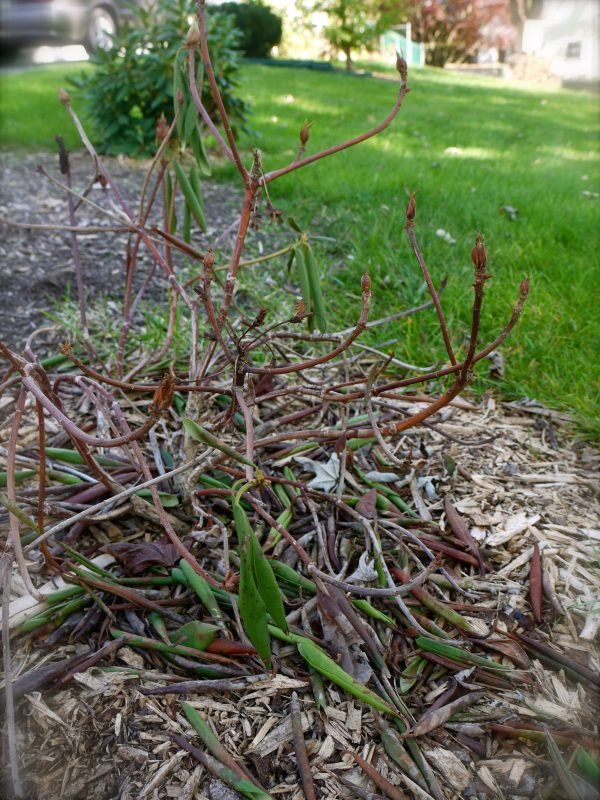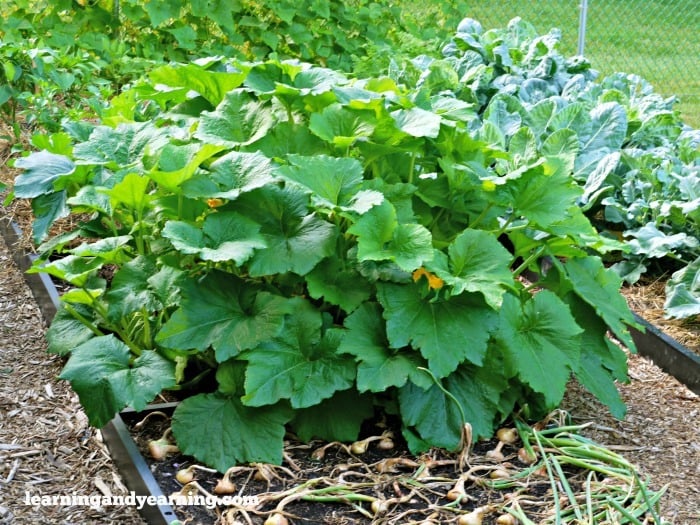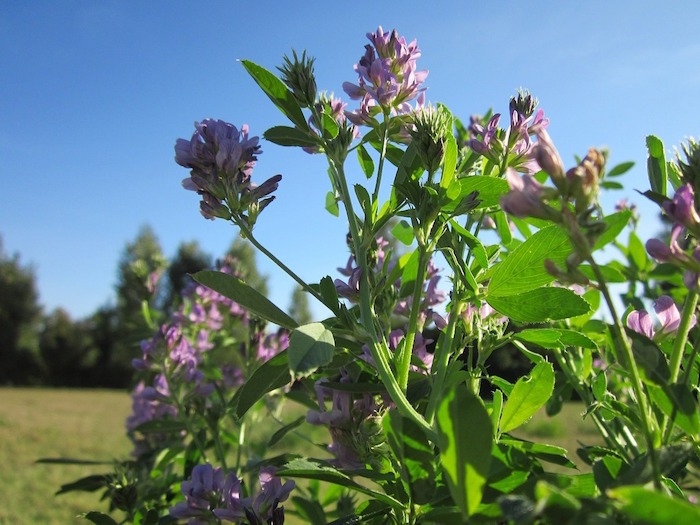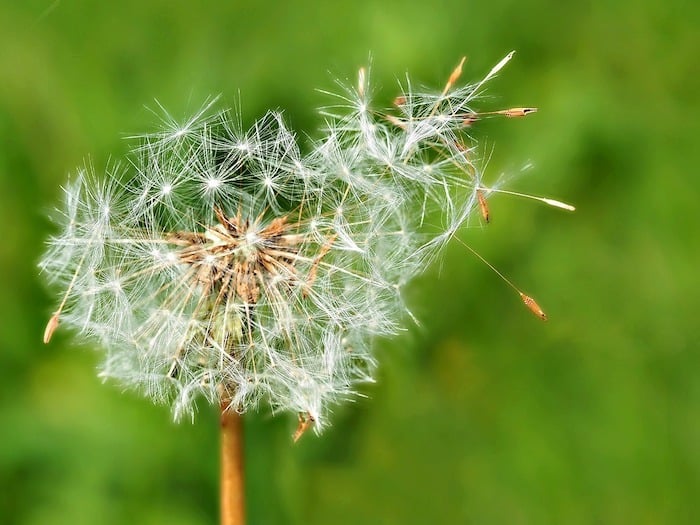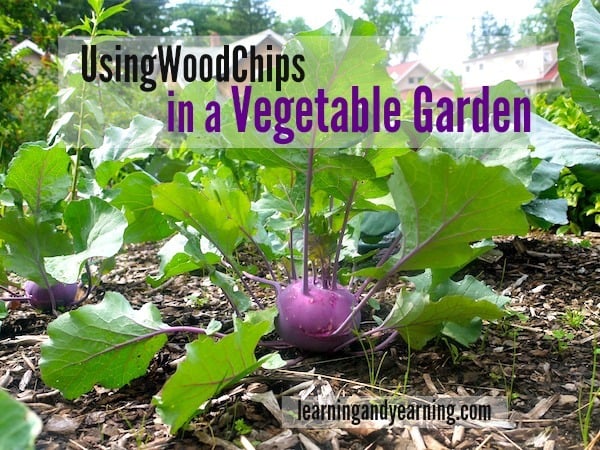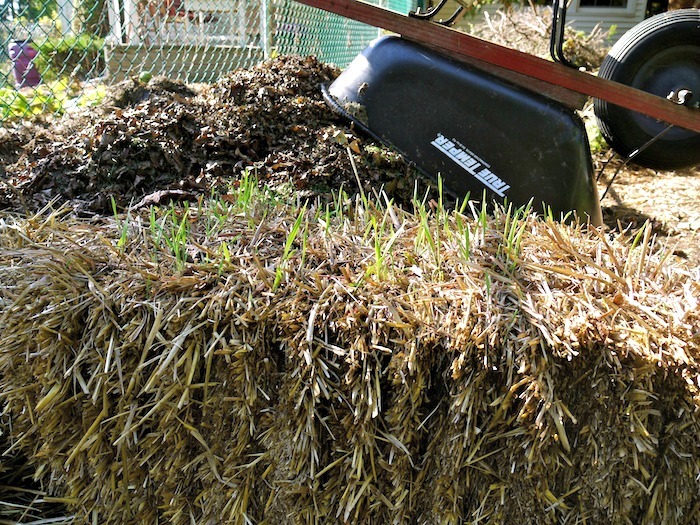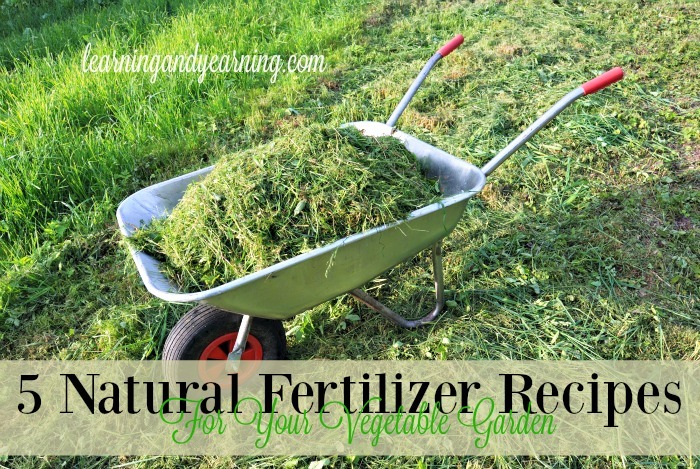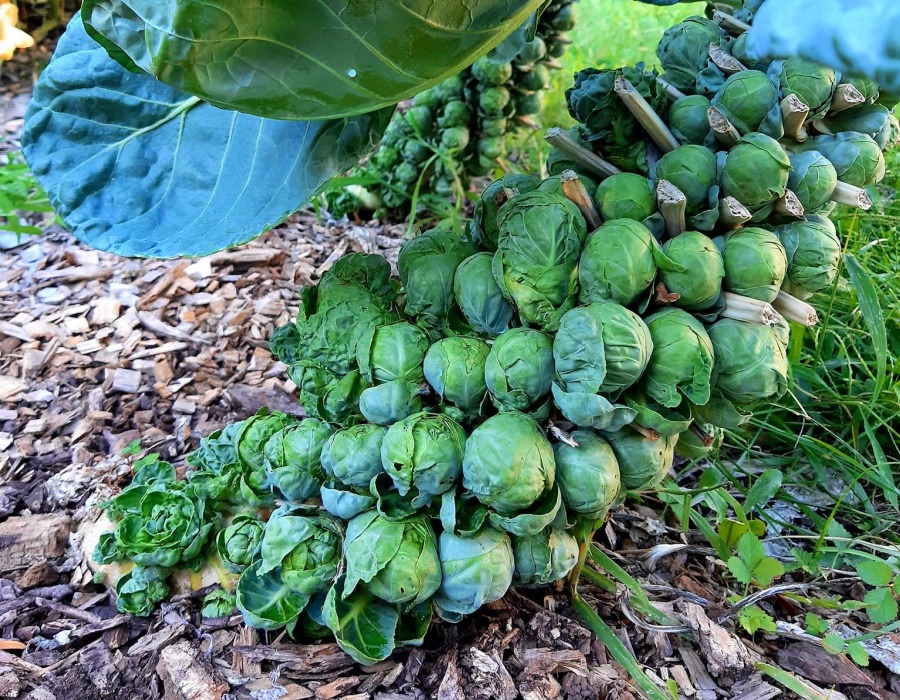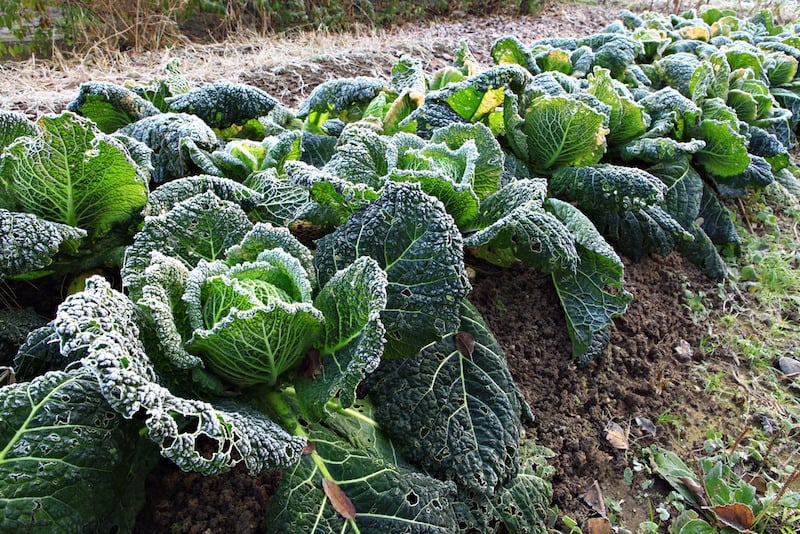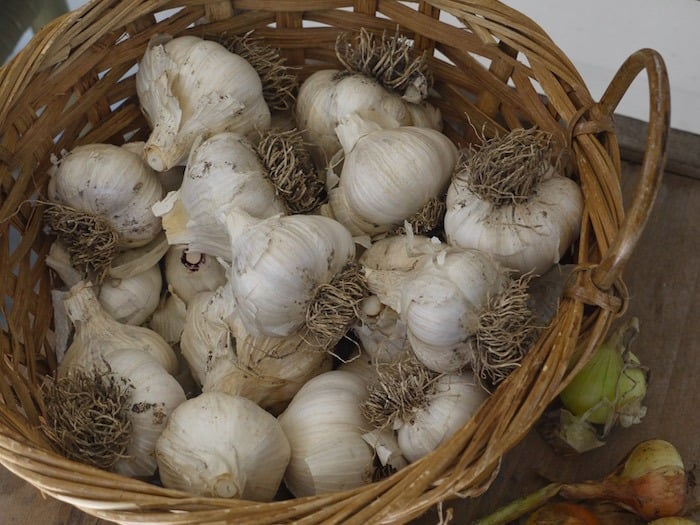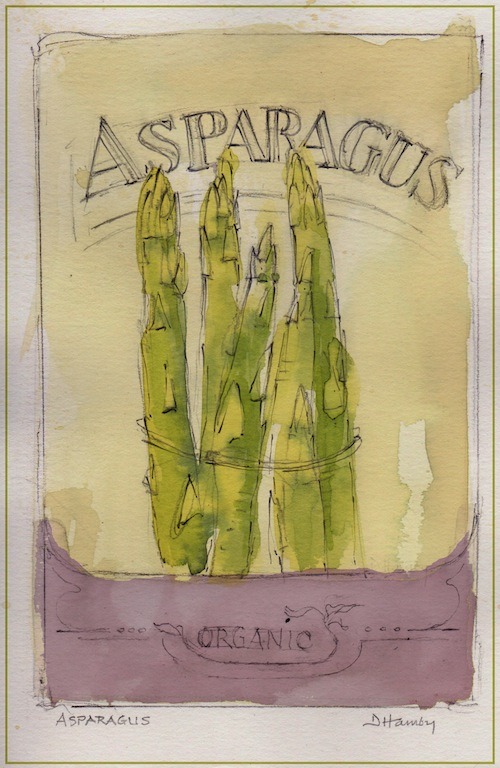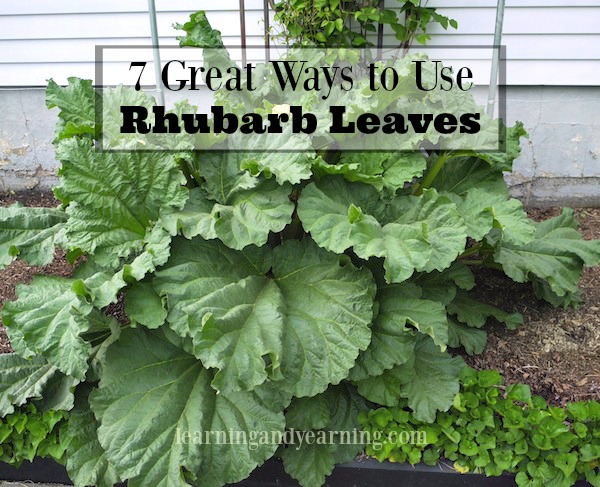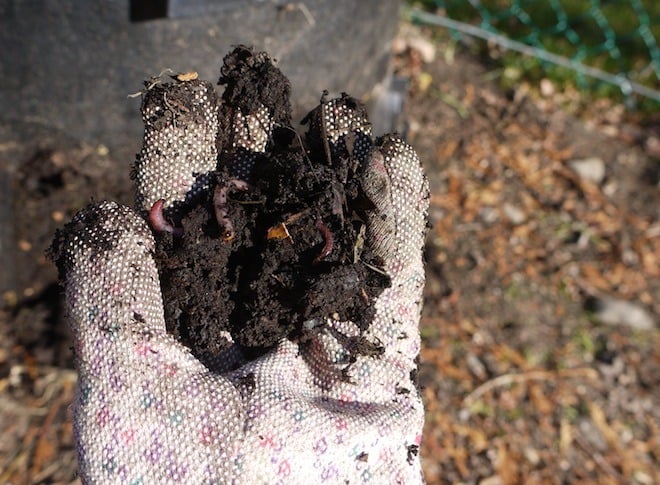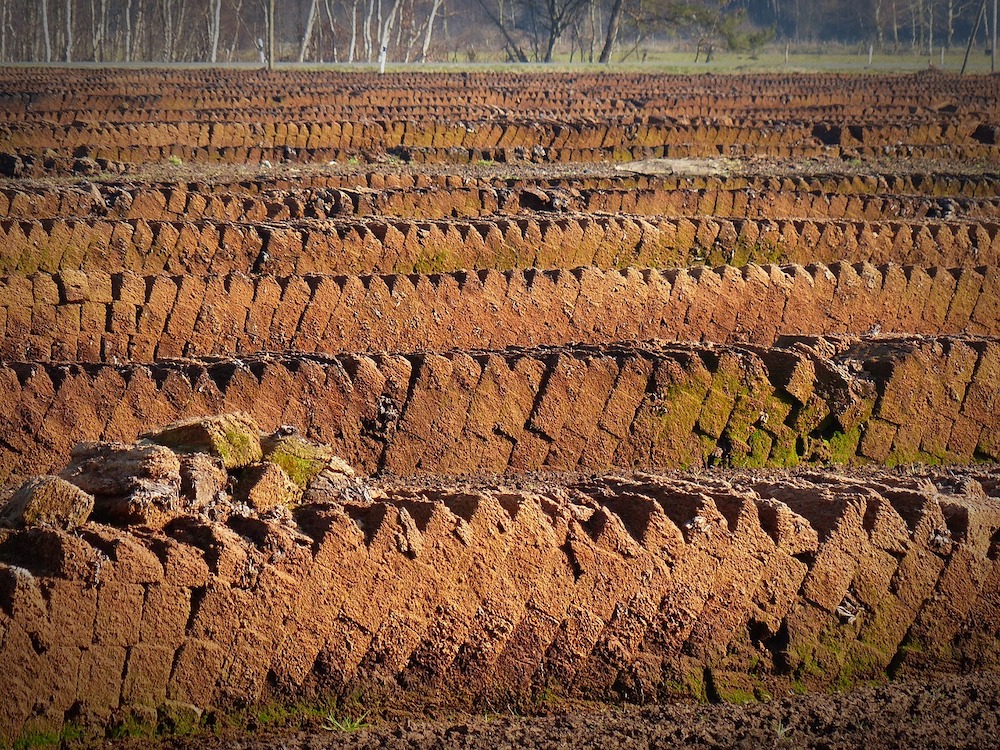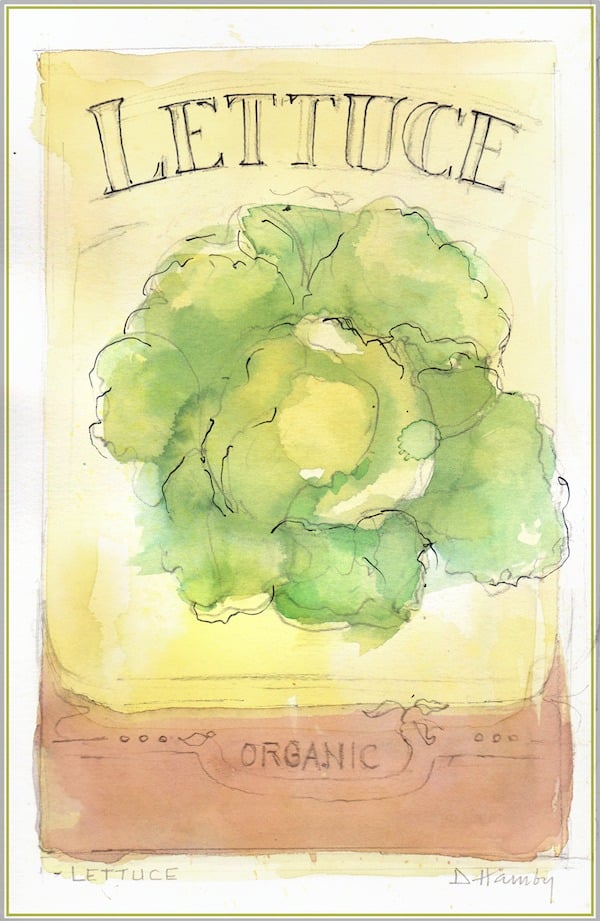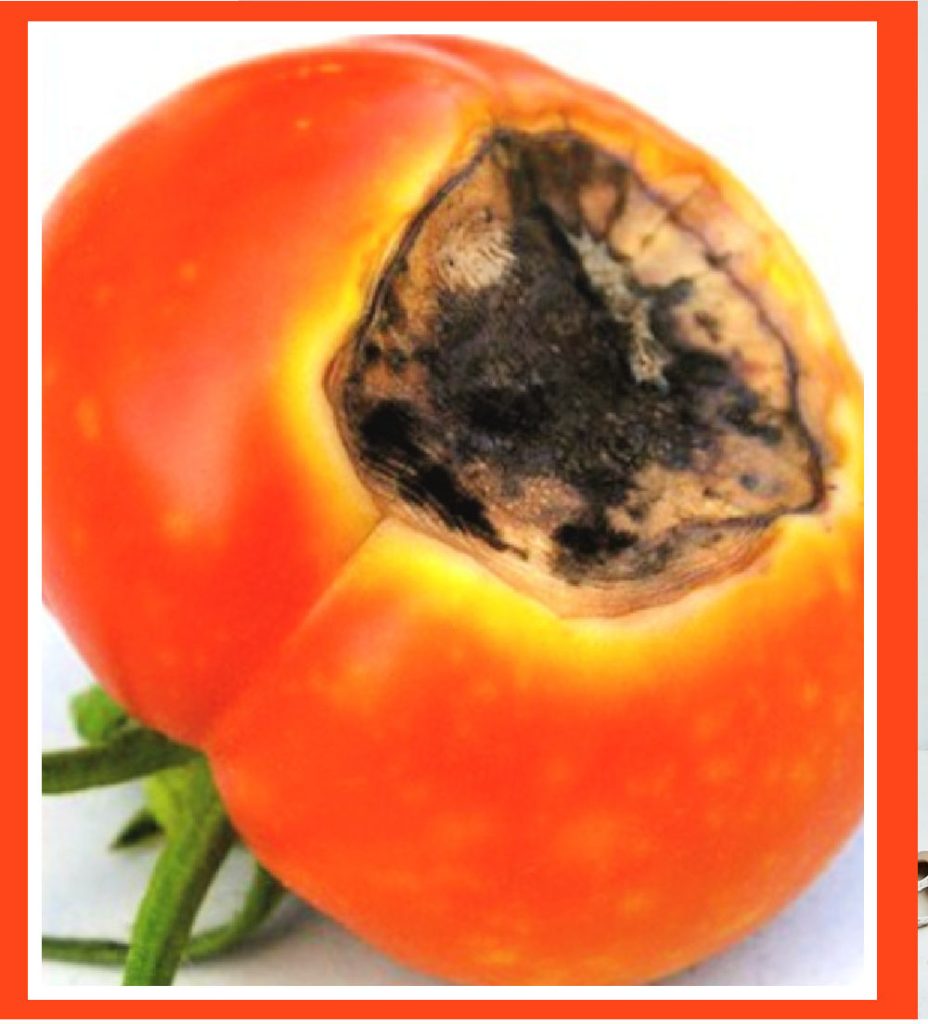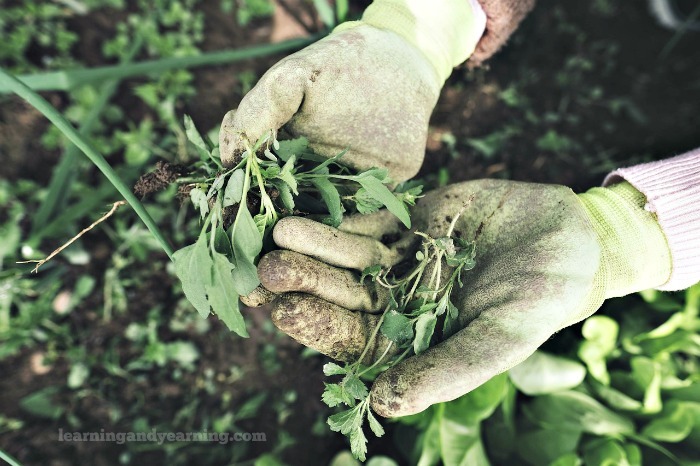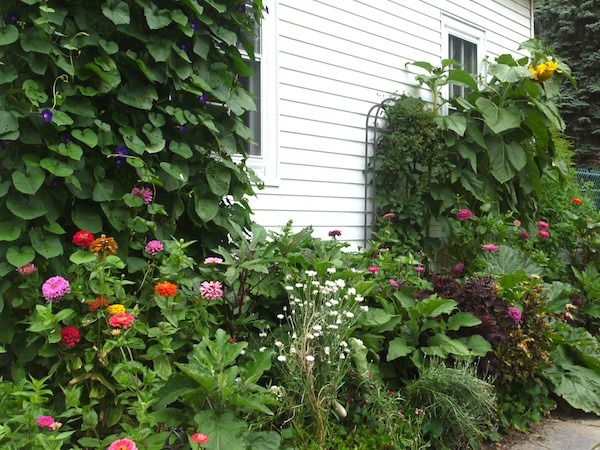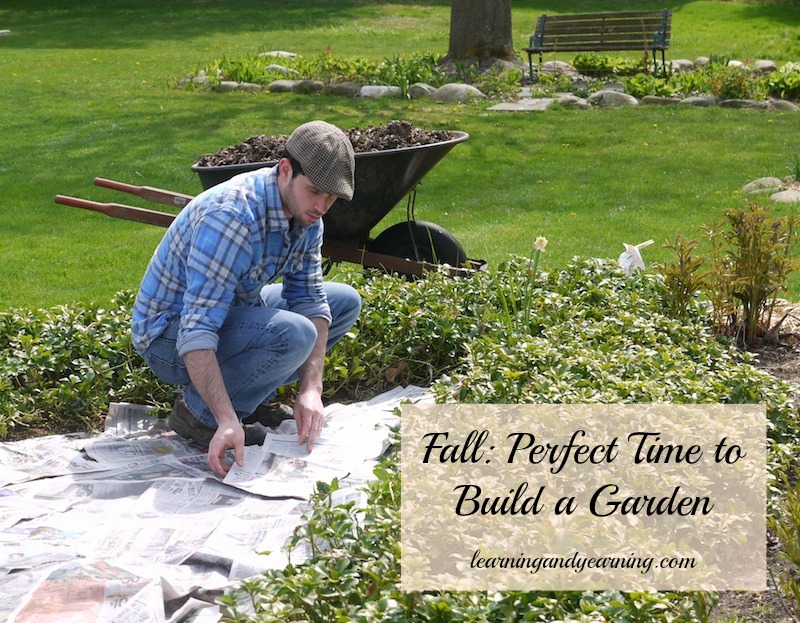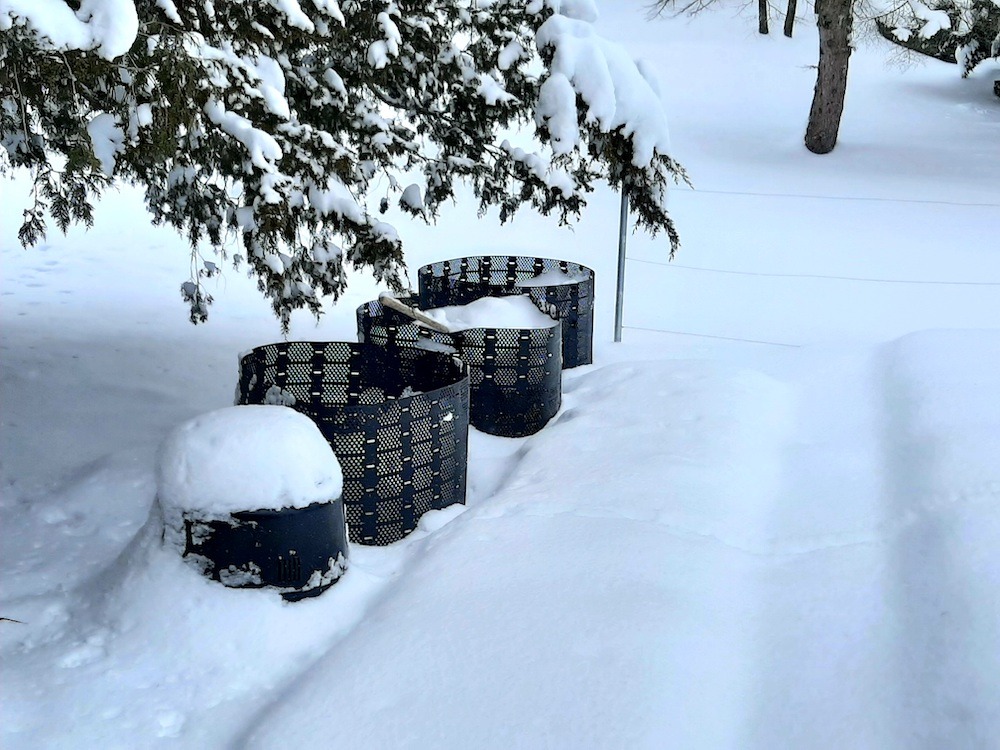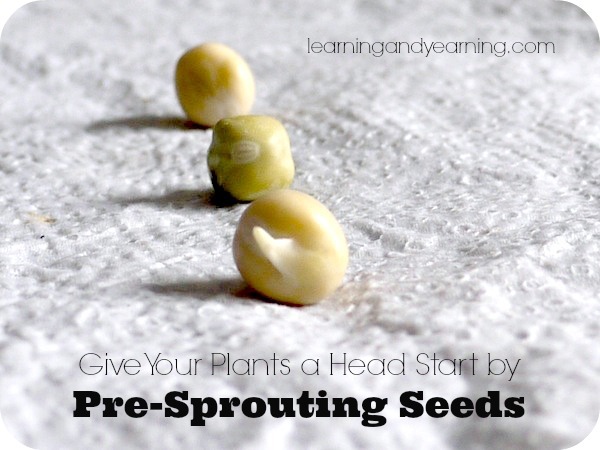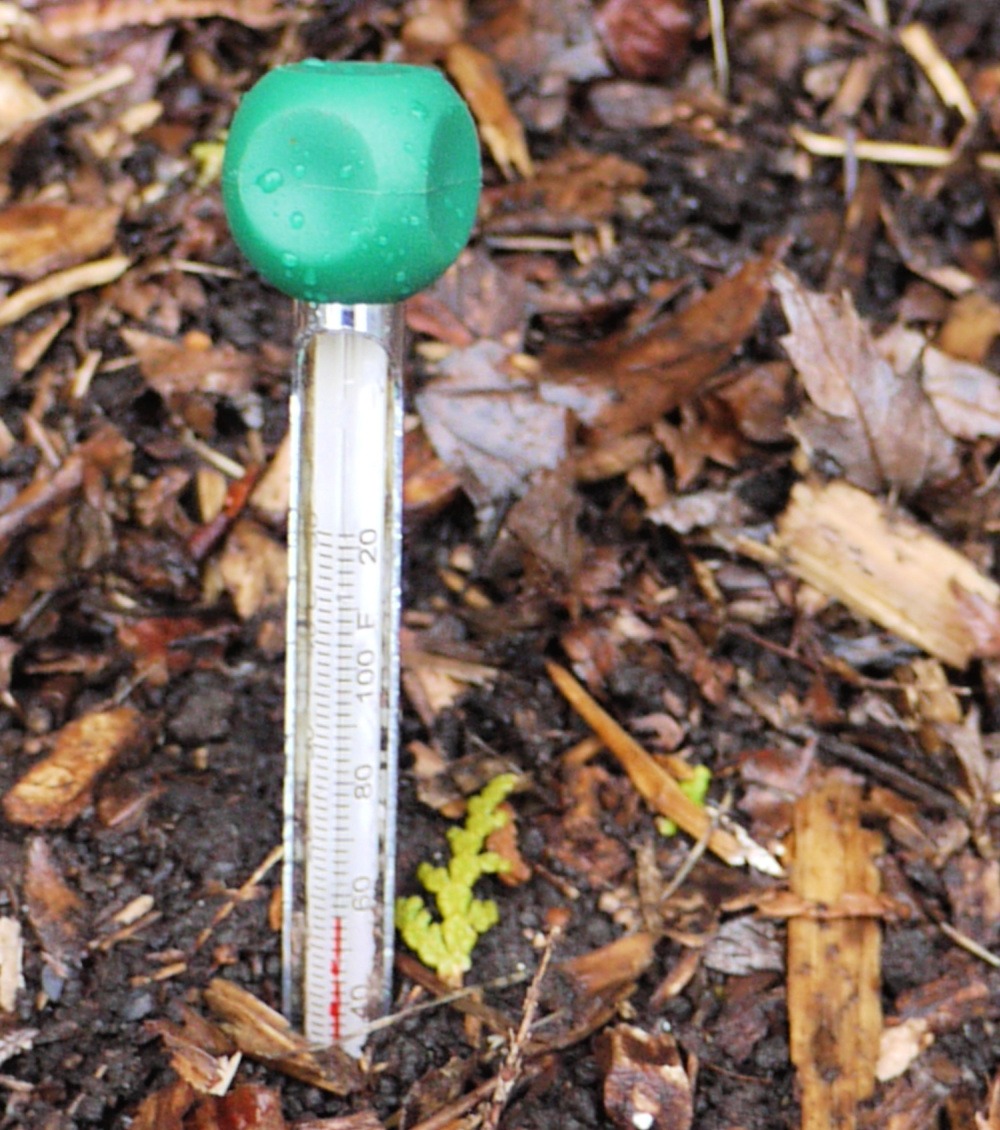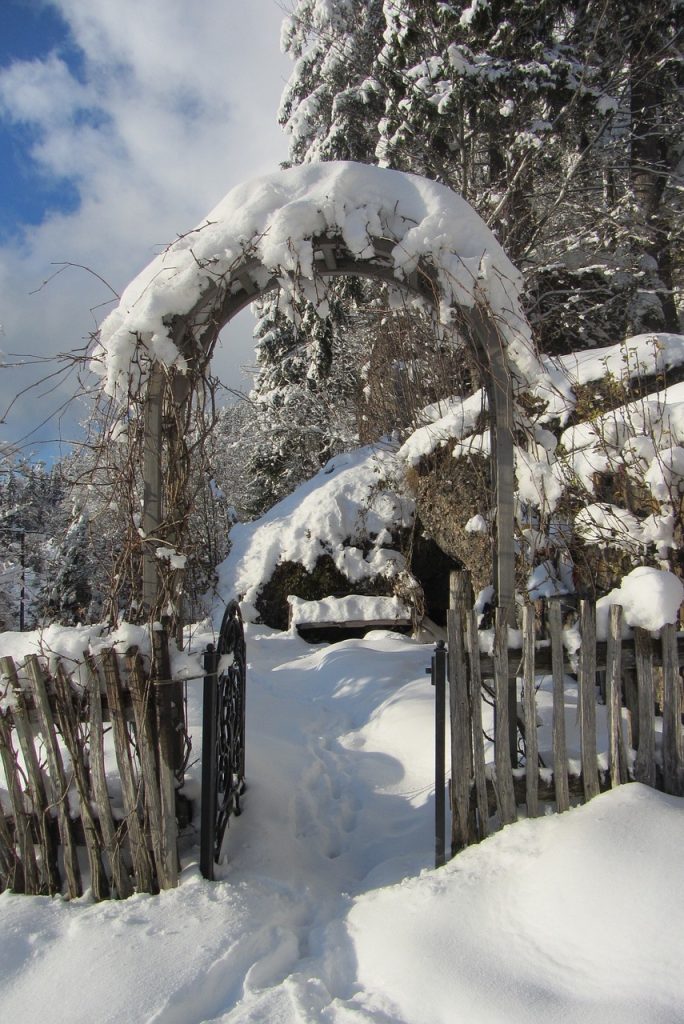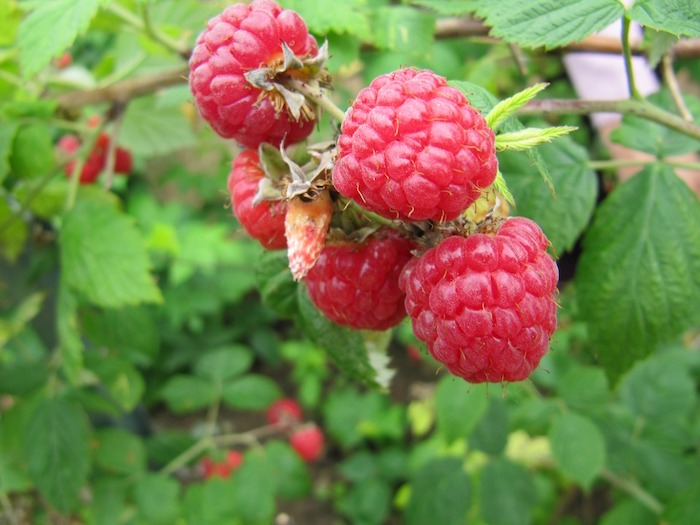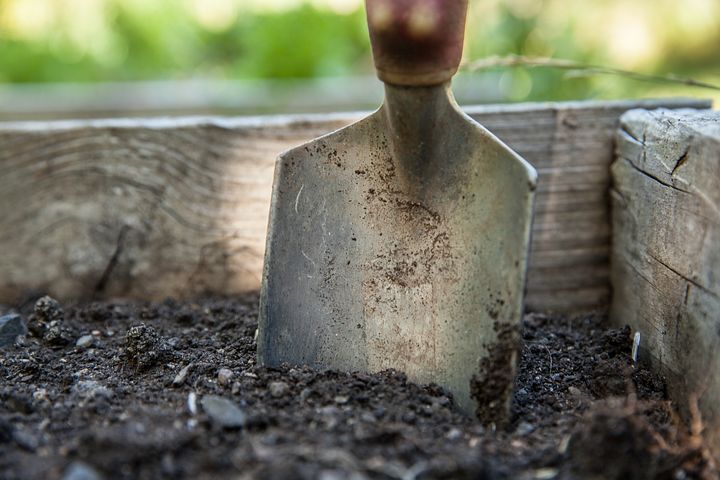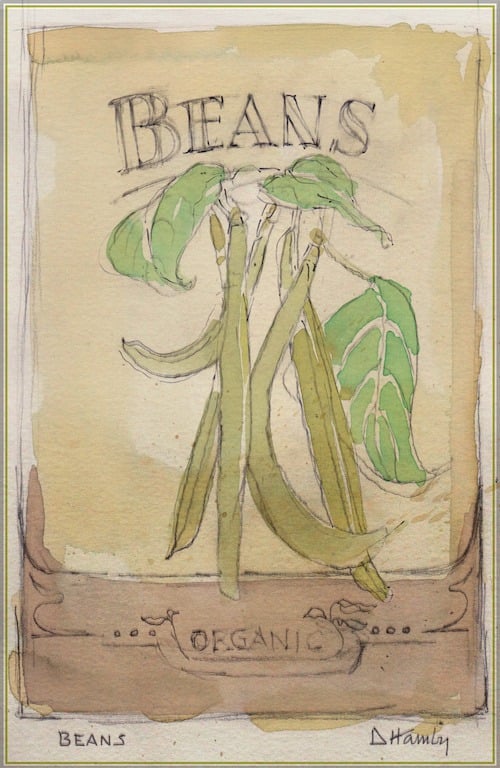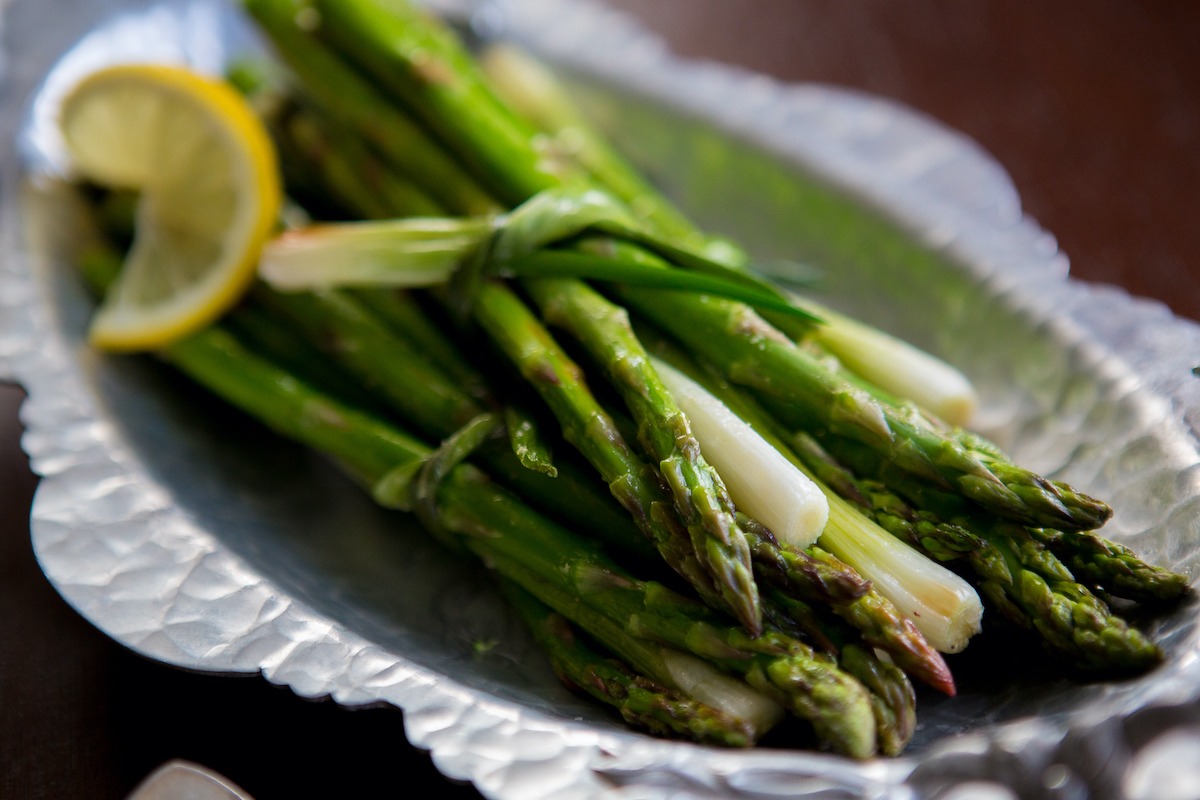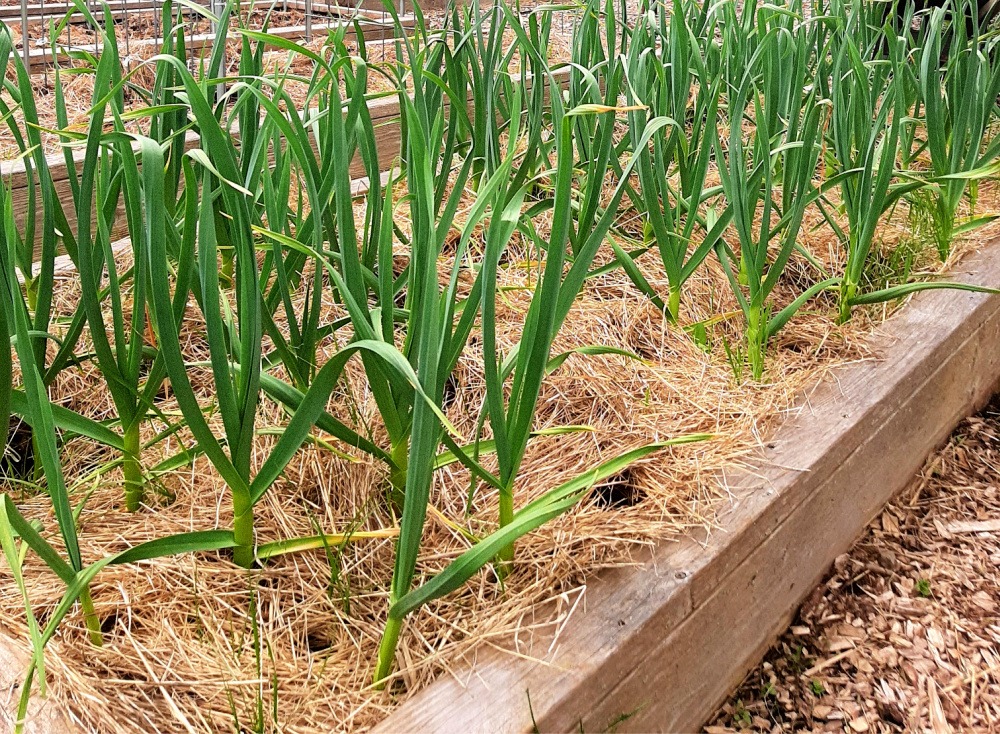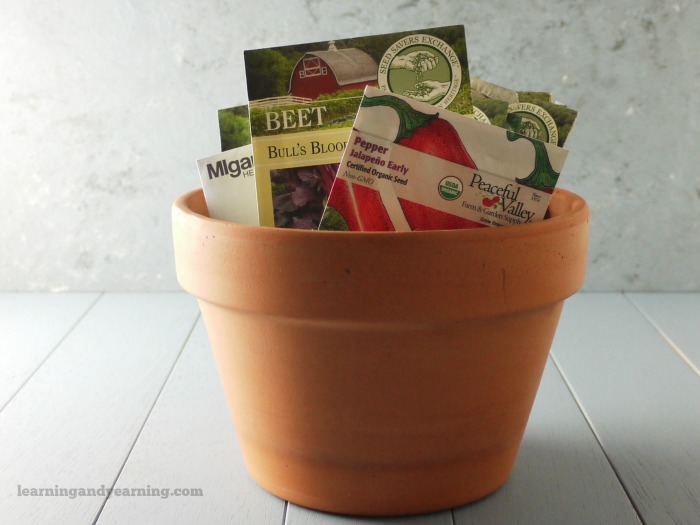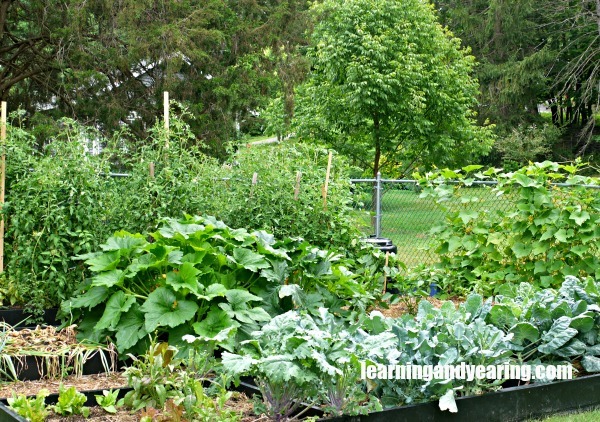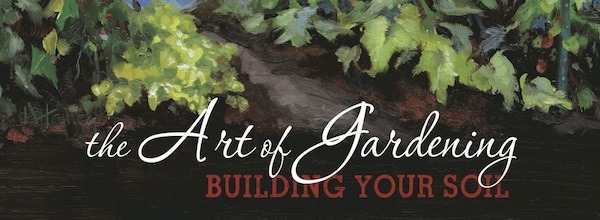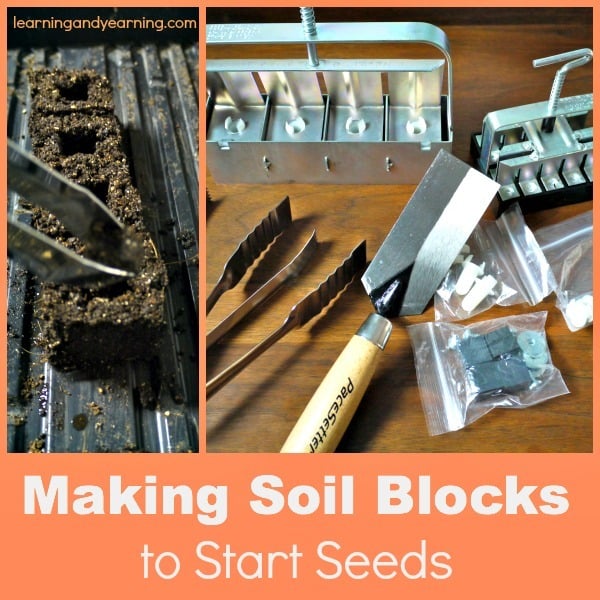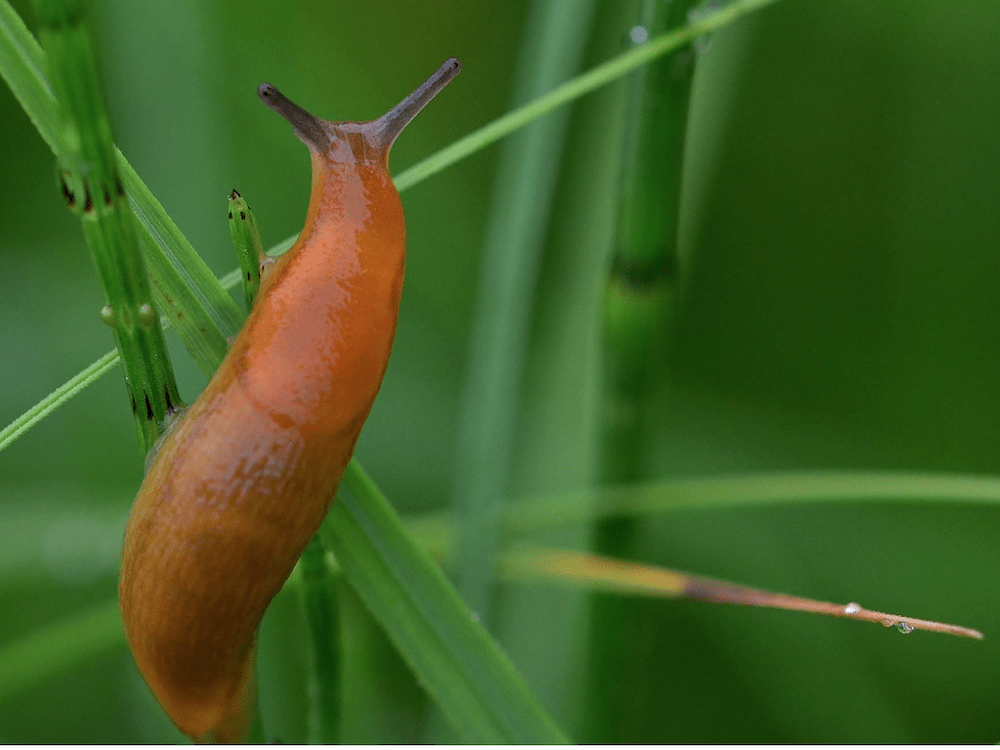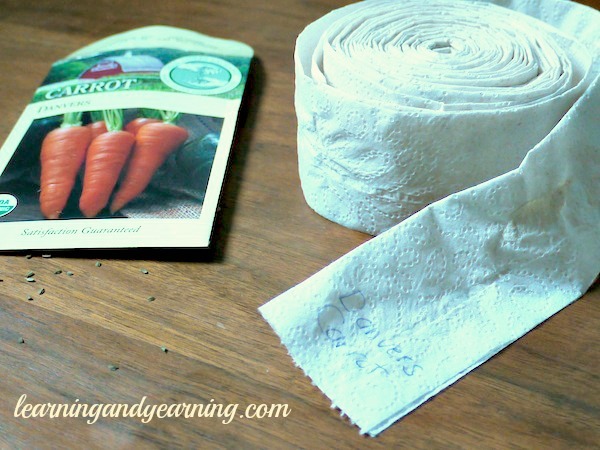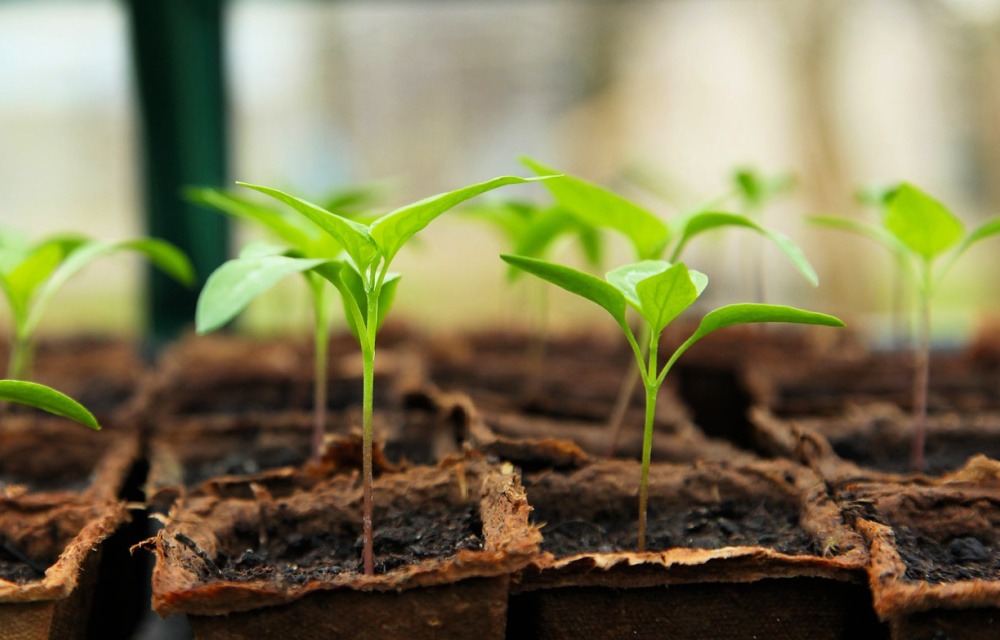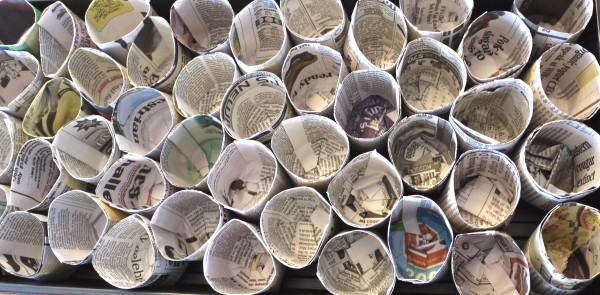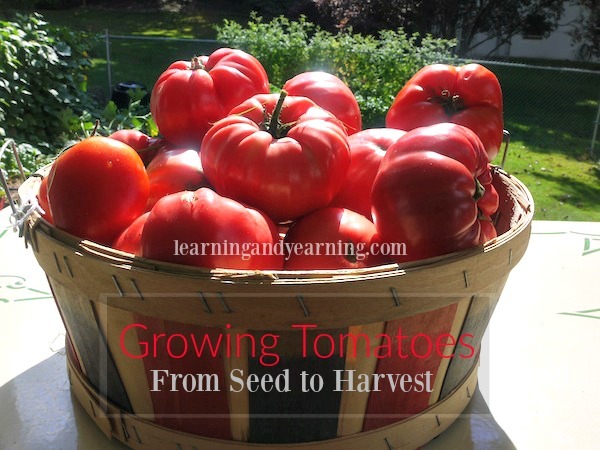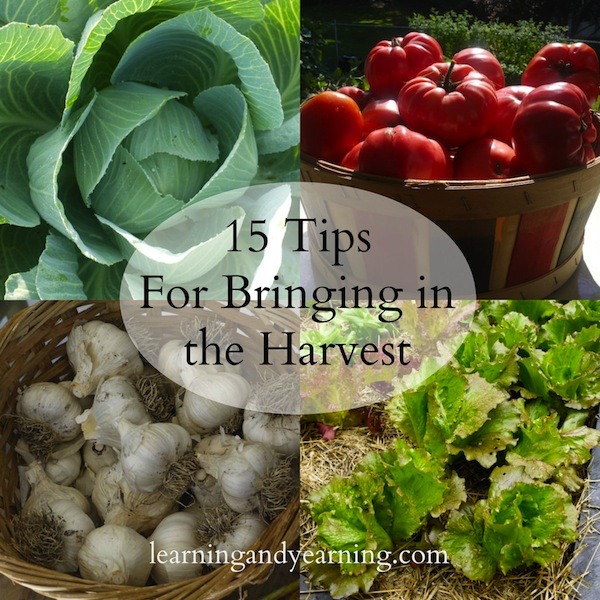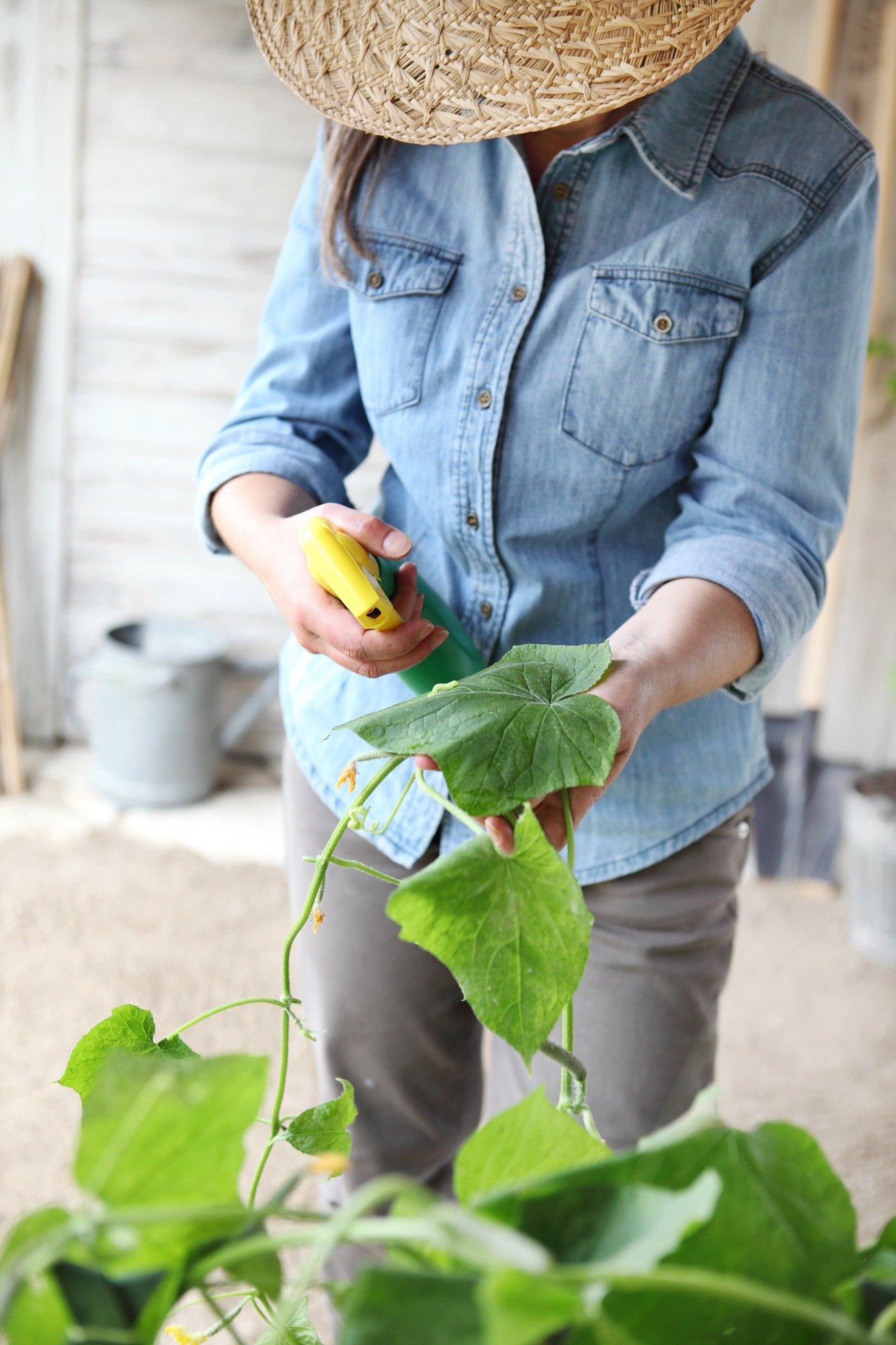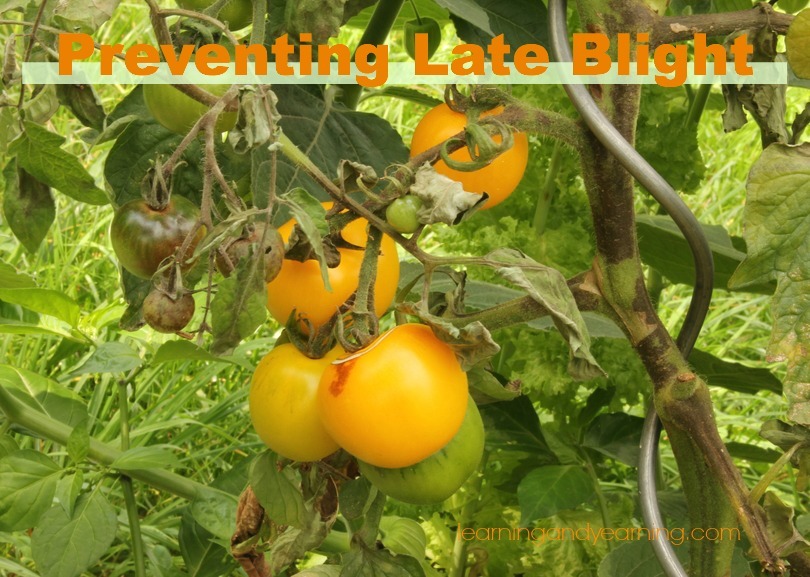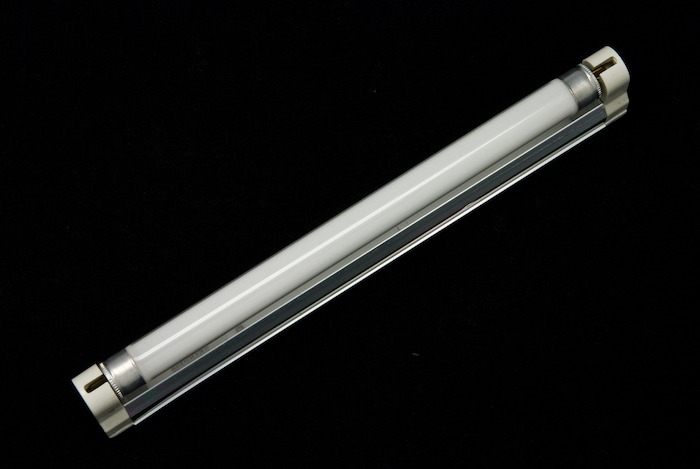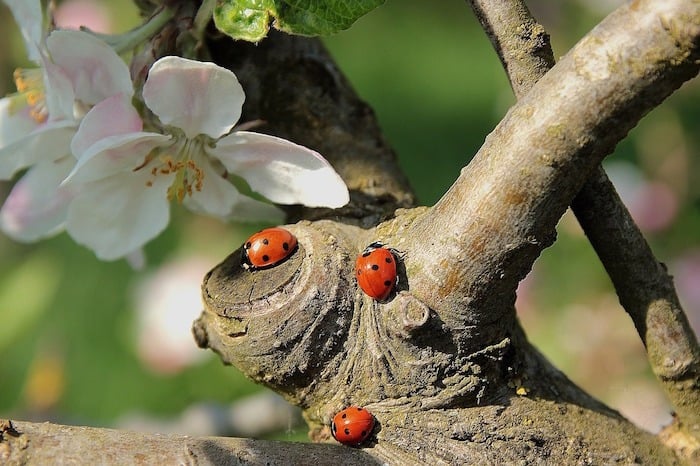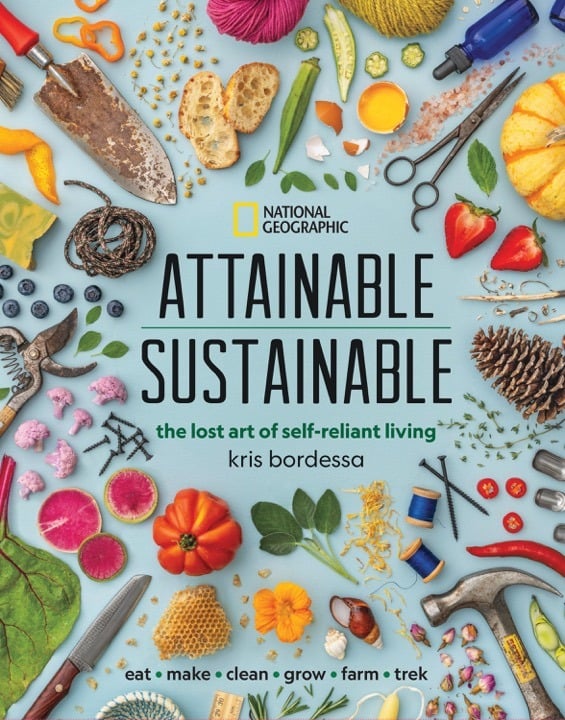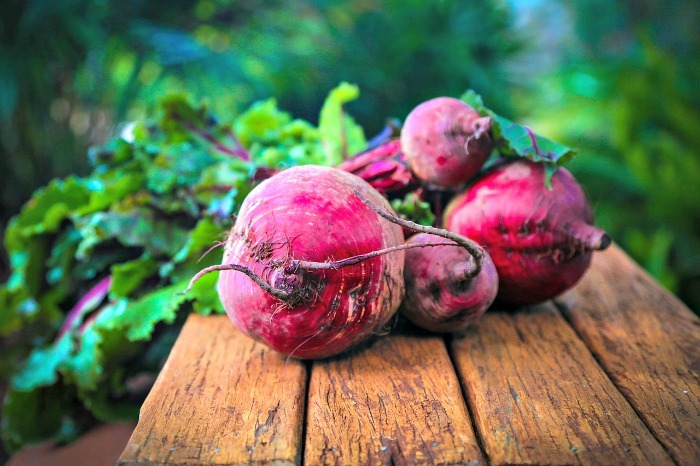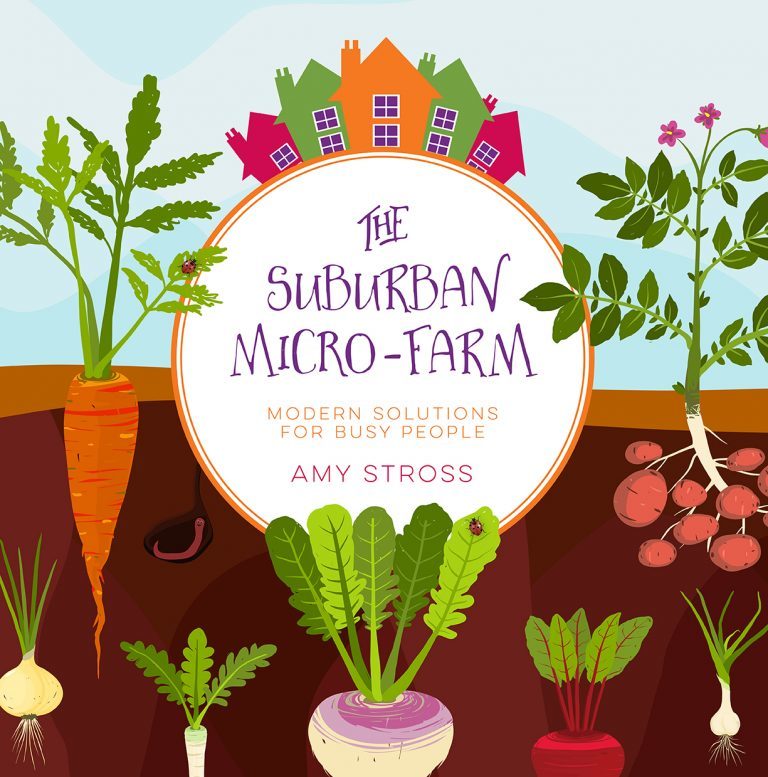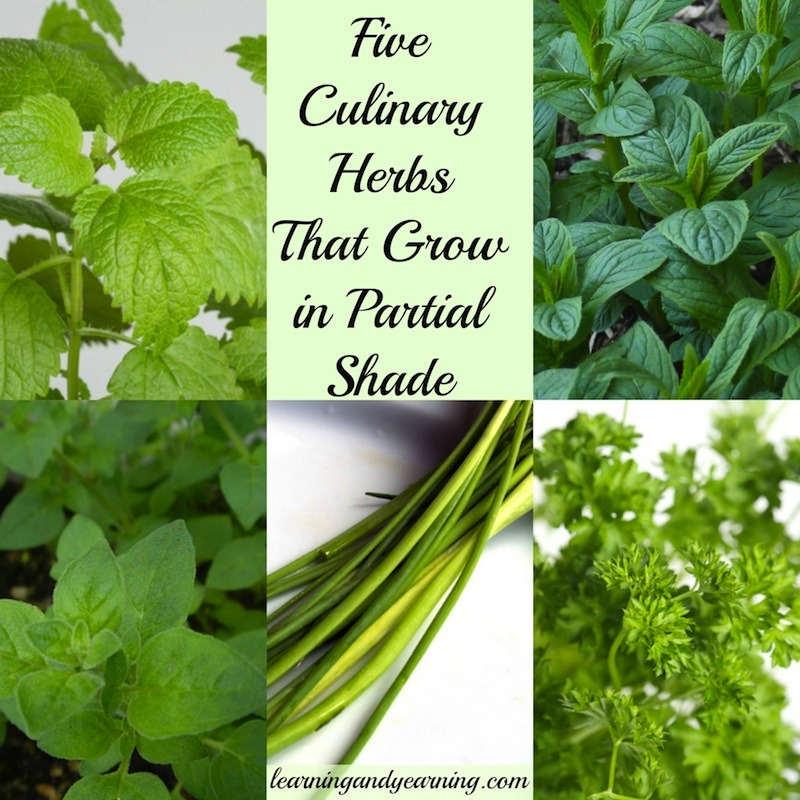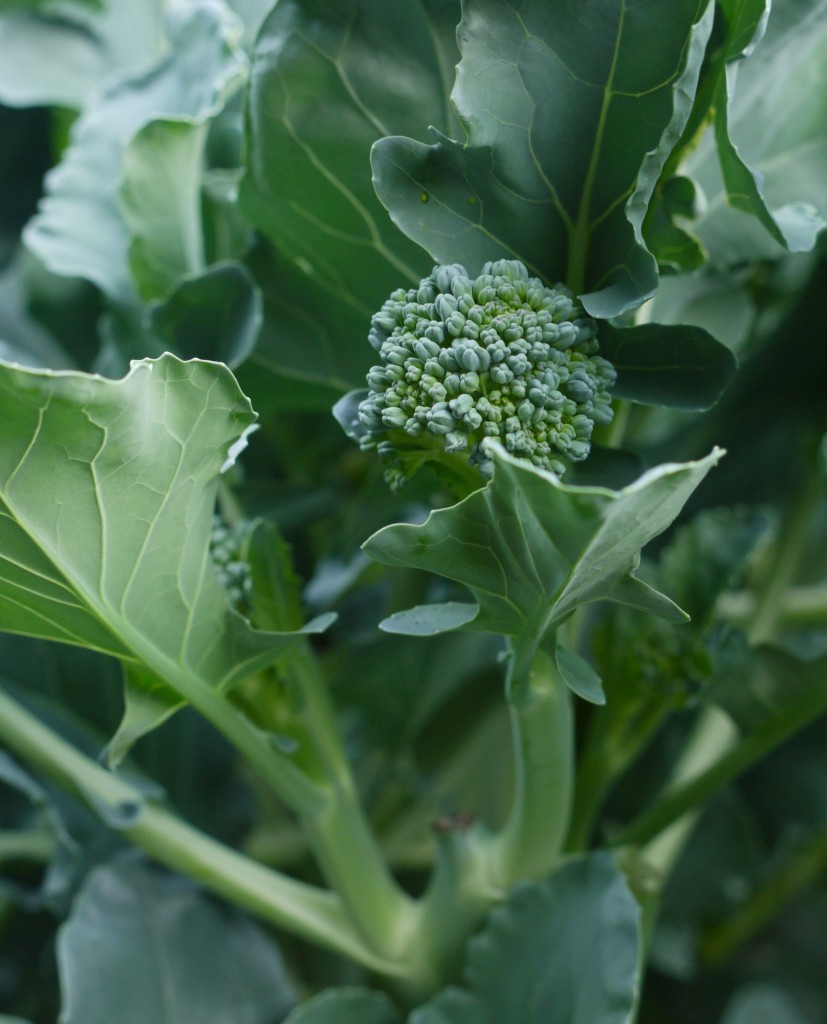Benefits of Mulch
Each year, in the forest, leaves and needles fall providing a protective covering for trees. As they decompose, they nourish the soil. Mulch can provide the same nourishing protection for the trees on your property whether those trees are deciduous, coniferous, or fruit-bearing.
Mulch discourages weeds, helps to maintain a uniform soil temperature, adds nutrients, and conserves moisture. It also helps to prevent compaction and reduce soil erosion. Mulch can prevent competition from grass which robs nutrients and moisture from the soil. And when trees are mulched, keeping grass away from the base, there is no risk of damage from lawn mowers and weed-whackers. All in all, a win-win situation.
What Mulch to Use
Bark mulch is the most often used material for tree mulch and is fine. Even better are wood chips which contain entire small branches, leaves and needles. These ramial wood chips are especially useful in providing nutrients as they break down.
Needles also make a good mulch under conifer trees, and shredded leaves under deciduous trees. It is best not to use black plastic since it can interfere with water and oxygen supply to the tree’s roots.
The Proper Way to Mulch
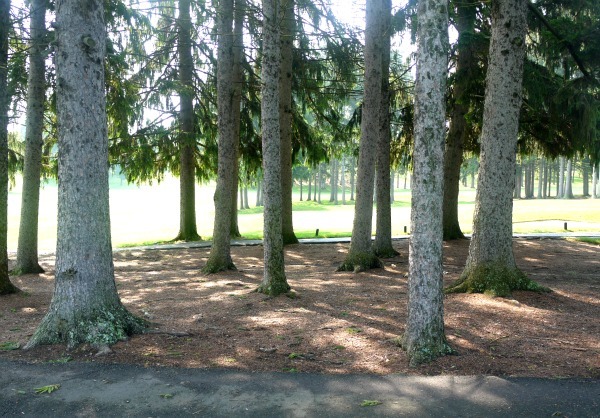
This grove of trees has been nicely mulched. The root flares are not covered, the mulch has been spread wide, not deep and the mulch has been kept away from the bark. A thin renewal layer of mulch no more than 1″ should be added soon.
How a tree is mulched is an important factor. Improper mulching can stress a tree, rather than benefit it, and cause it to be at risk for insect infestation, disease, and even death. Some of the worst offenders of improper mulching I’ve seen are professional landscapers.
And when neighbors see how the “professional” did the job, they often copy their technique. We have hired an arborist on numerous occasions to take of problems that we could not handle ourselves and have discussed proper mulching at length.
The first step is to remove all grass and weeds out to the drip-line of the tree. This is the area that extends as far as the outer branches of the tree.
I once took a short-cut by laying newspaper down to smother the grass, rather than remove it, and then mulched on top of it. Our arborist warned me that I was creating a situation where too much heat would be generated for the tree’s roots. So, all of the mulch and paper were removed and we started from scratch.
Sometimes, it’s just not practical to mulch all the way out to the drip-line, but that is the ideal. Go as far as possible.
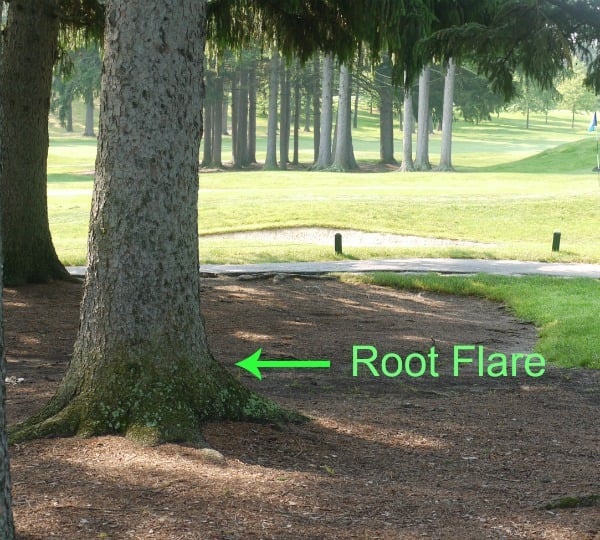
After removing the grass, apply 2 to 3 inches of mulch over the area. More is not better and could suffocate the roots since the vast majority of a tree’s roots are in the top 12” of soil. Deep mulching can actually cause the roots to grow up into the mulch in search of oxygen.
It is important that mulch be kept completely away from the trunk of the tree. At the base of a tree is a root flare. This is the area that flares out to support the tree. The root flare should not be covered in mulch, and, in fact, the mulch should be kept several inches away from all parts of the trunk.
One of the most detrimental techniques used in mulching is to create a volcano of mulch around the tree where mulch is piled high right up against the tree and is spread out only a few feet. Mulch is for the benefit of the roots and should be spread wide, not deep, and should never touch the bark.
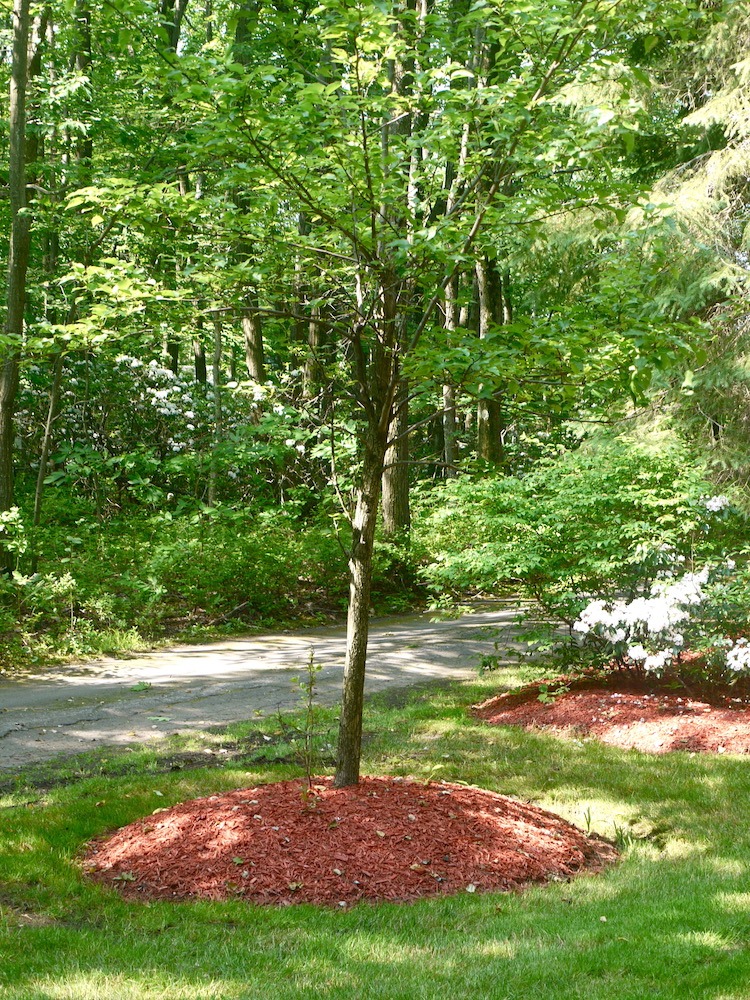
The mulch under this tree has been applied in a way that will stress the tree. The root flare is covered, the layer of mulch is much too thick, and the mulch is touching the bark of the tree.
Mulch volcanos damage trees in several ways. They keep moisture in direct contact with the tree, suffocating the inner bark, where food is transferred up and down the trunk. And they become habitat for rodents and insects, and can cause disease to flourish.
Just as our bodies can sometimes get away with poor nutrition for a while, the damage to trees from improper mulching is not always immediately evident. But the damage will eventually be seen and may not be able to be fixed at that point.
Trees are beautiful and functional and proper care will help to insure that they will provide many benefits for years to come.
How about you? Have you been careful to mulch your trees properly?
